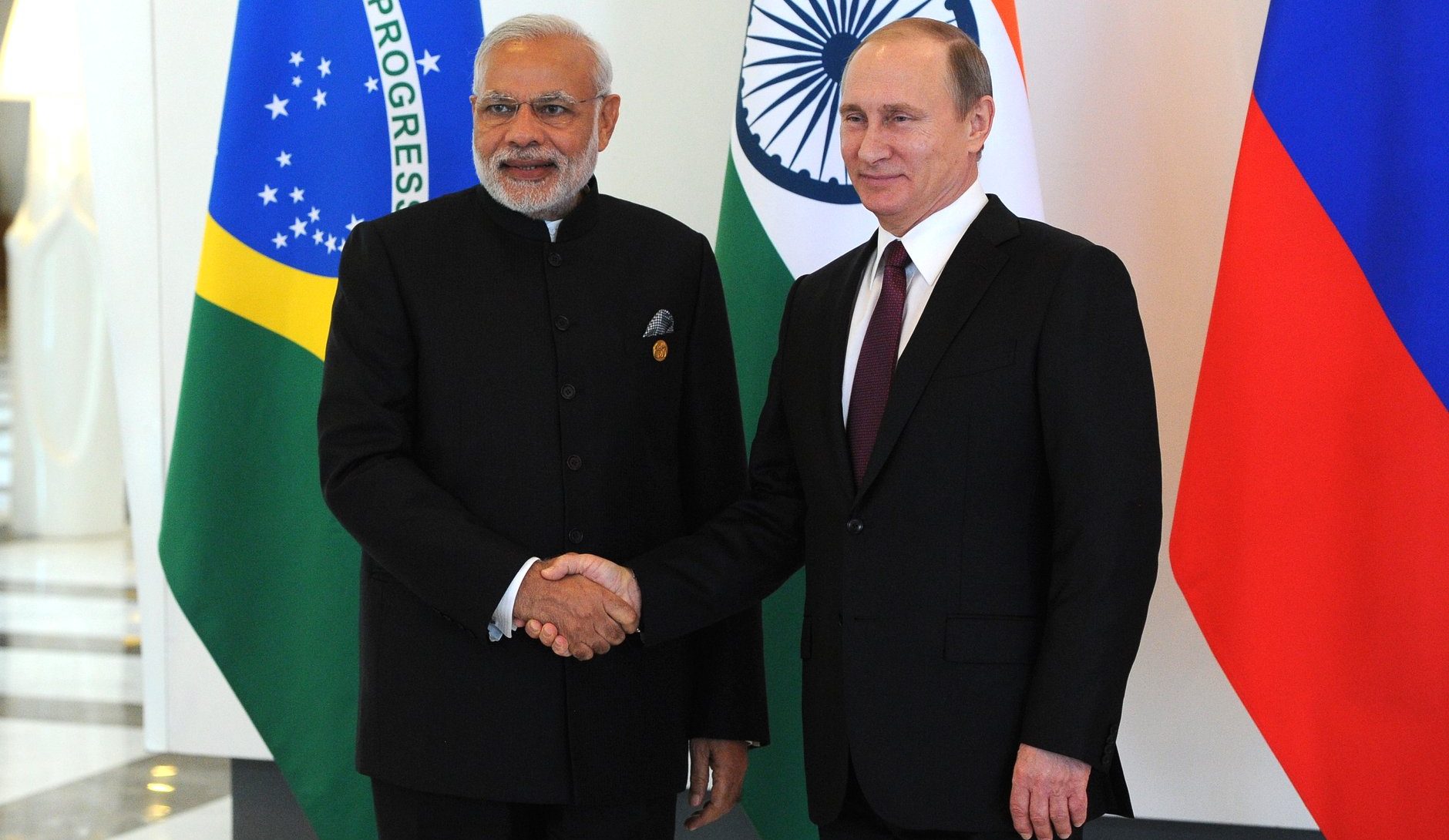Introduction
In the realm of international taxation, Double Taxation Avoidance Agreements (DTAAs) play a pivotal role in facilitating cross-border trade and investments by alleviating the burden of double taxation. These agreements are crucial to fostering economic cooperation between countries and ensuring a conducive environment for international business activities. In this article, we delve into the intricacies of the DTAA between India and Russia, examining the key provisions, implications, and data related to this bilateral tax treaty.

Understanding the Significance of DTAAs
As globalization has expanded, so has the need for countries to establish mechanisms that prevent double taxation of income and assets. DTAAs are legal instruments designed to address this issue by determining the taxation rights of the source and resident countries. The DTAA between India and Russia, signed to prevent double taxation and the evasion of income tax, serves as a critical framework for businesses and individuals engaged in cross-border transactions between the two countries.
Consult CA Arun Tiwari for more information at 📞 8080088288 or cs@aktassociates.com
Key Provisions of the DTAA between India and Russia
1. Residence and Permanent Establishment: The DTAA clarifies the criteria for determining an individual’s residence status and defines what constitutes a permanent establishment in both countries. This distinction is crucial in allocating taxing rights between the source and resident countries.
2. Taxation of Income: The agreement outlines the taxation rules for various types of income, including business profits, dividends, interest, royalties, and capital gains. It specifies the maximum withholding tax rates that can be applied to these income streams, reducing the likelihood of excessive taxation.
3. Elimination of Double Taxation: One of the primary objectives of the DTAA is to eliminate double taxation. This is achieved through mechanisms such as the tax credit method or exemption method, depending on the nature of the income. The treaty provides clarity on the circumstances under which each method is applicable.
4. Exchange of Information: To combat tax evasion and ensure transparency, the DTAA includes provisions for the exchange of information between tax authorities of both countries. This cooperation enhances the effectiveness of tax enforcement efforts.
5. Beneficial Ownership: The agreement includes clauses related to beneficial ownership, preventing misuse of treaty benefits. This ensures that entities do not take advantage of the treaty to artificially lower their tax liabilities.

Impact on International Taxation
The DTAA between India and Russia has several implications for international taxation and cross-border investments.
1. Promotion of Investments: By reducing the uncertainty of tax treatment, the treaty promotes bilateral investments between India and Russia. Businesses can operate with a clearer understanding of their tax liabilities, thereby encouraging cross-border trade and investments.
2. Prevention of Double Taxation: The primary objective of any DTAA is to eliminate or minimize the incidence of double taxation. This encouragement, in turn, drives businesses and individuals to participate in cross-border transactions without fearing double taxation on the same income.
3. Avoidance of Tax Evasion: The exchange of information clause in the DTAA facilitates the detection of tax evasion and ensures that taxpayers do not hide income in one country to evade taxes in another. This cooperative approach strengthens tax compliance and fairness.
4. Clarity and Certainty: The provisions of the DTAA provide clarity and certainty regarding the tax treatment of various income streams. This clarity minimizes disputes between taxpayers and tax authorities and fosters an environment of trust and cooperation.

Data and Statistics: A Closer Look
Let’s delve into some data and statistics to gain a deeper understanding of the taxation landscape between India and Russia:
1. Tax Rates: As of the latest available data, India levies a corporate tax rate of approximately 25% for domestic companies, while Russia imposes a flat corporate tax rate of 20%.
2. Withholding Tax: The DTAA between India and Russia specifies withholding tax rates on various income types. For instance, the maximum withholding tax rate on dividends is set at 10%, which can be further reduced under specific conditions outlined in the treaty.
3. Bilateral Trade: In terms of bilateral trade, India and Russia have maintained a robust economic relationship. In the fiscal year 2020-2021, the total trade between the two countries stood at around $9.39 billion.
4. Foreign Direct Investment (FDI): Russia’s FDI inflows into India have shown a steady growth trend. According to data from the Indian Ministry of Commerce, FDI inflows from Russia reached approximately $1.11 billion in the financial year 2020-2021.
Navigating Challenges and Opportunities
While the DTAA between India and Russia offers numerous advantages, it also presents certain challenges and opportunities.
1. Interpretation and Application: The interpretation and application of the treaty’s provisions can sometimes lead to disagreements between tax authorities. It’s important for both countries to ensure consistent interpretation to avoid potential conflicts.
2. Digital Economy and E-commerce: With the rise of the digital economy and e-commerce, new challenges arise in determining the tax jurisdiction of certain transactions. The treaty may need periodic revisions to address these emerging issues.
3. Dispute Resolution: Disputes related to taxation can be complex and time-consuming. The DTAA includes mechanisms for dispute resolution, which should be effectively utilized to address conflicts and maintain the integrity of the treaty.
Conclusion
In conclusion, the Double Taxation Avoidance Agreement between India and Russia stands as a testament to the commitment of both countries to fostering economic cooperation and facilitating cross-border trade. This bilateral tax treaty not only prevents double taxation but also promotes transparency, clarity, and fairness in international taxation. As businesses and individuals engage in cross-border transactions, the DTAA serves as a crucial framework that ensures the equitable treatment of income and investments. By understanding the provisions, implications, and data related to this treaty, stakeholders can navigate the complexities of international taxation with confidence and efficiency.

